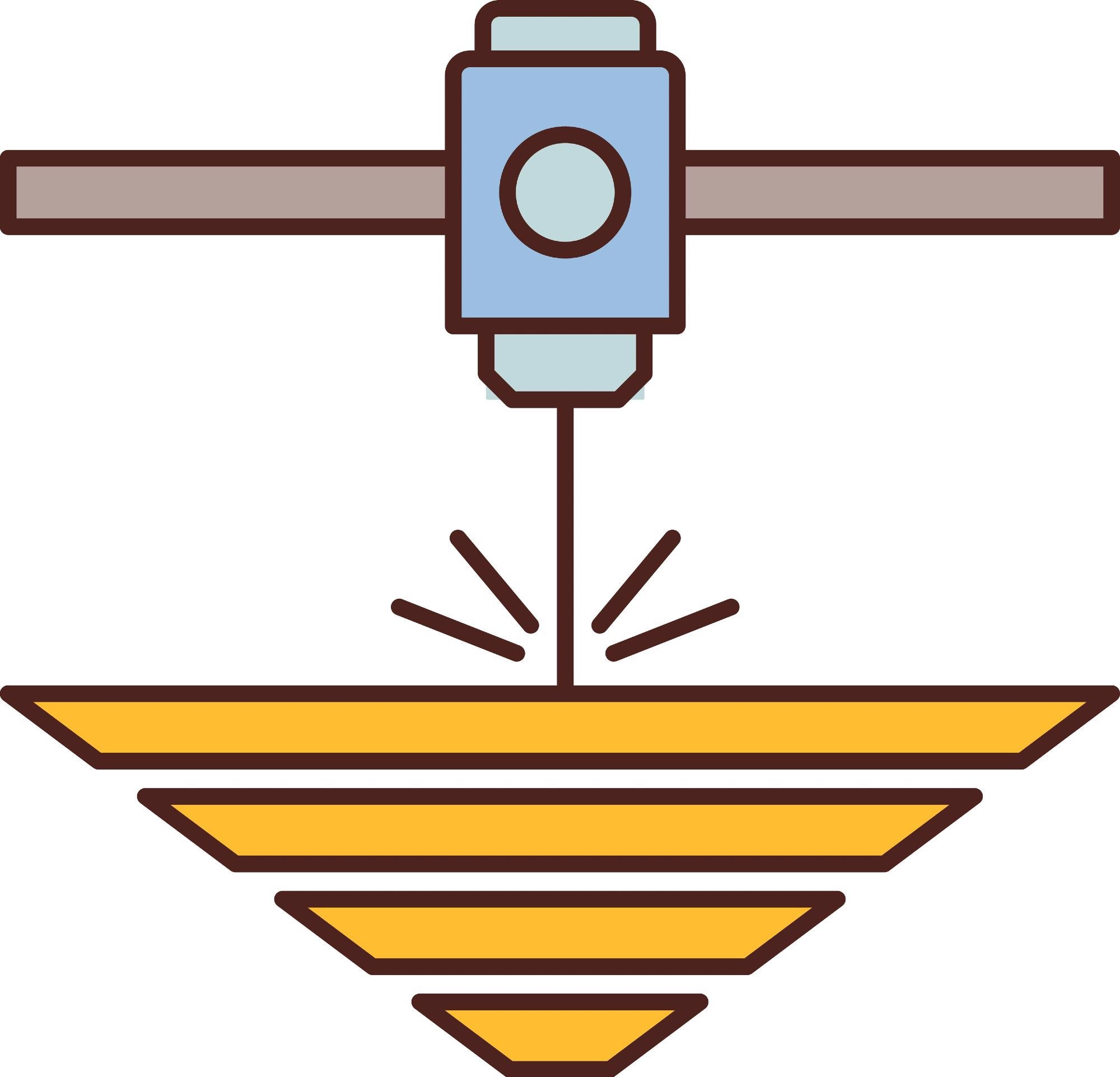 By Surbhi JainReviewed by Susha Cheriyedath, M.Sc.Jun 3 2022
By Surbhi JainReviewed by Susha Cheriyedath, M.Sc.Jun 3 2022In an article recently published in the journal Additive Manufacturing, researchers discussed the utility of ceramic heat exchangers made by binder jet additive manufacturing for concentrating applications of solar power with thermal energy storage in the molten chlorides.

Study: Binder Jet Additive Manufacturing of Ceramic Heat Exchangers for Concentrating Solar Power Applications with Thermal Energy Storage in Molten Chlorides. Image Credit: shmai/Shutterstock.com
Background
The possibility for dispatchable energy on-demand using thermal energy storage (TES) and a conventional heat engine distinguishes concentrating sun power (CSP) from other renewable energy sources. However, in order to reach a competitive levelized cost of energy (LCOE), CSP system costs must be reduced.
A recent study of several triply periodic minimal surfaces (TPMS) and periodic nodal surfaces as heat exchangers revealed that the Schwarz-D TPMS surface has exceptional heat transfer performance. Group IV-VI transition metal carbides, borides, and composites are the most common ultra-high temperature ceramic (UHTC) materials. Prior to the introduction of additive manufacturing, TPMS devices were difficult to build.
Binder jet additive manufacturing, in contrast to previous methods for fabricating ceramic TPMS structures, is developing as a promising and scalable ceramic forming approach. Binder jet printing has been used to create UHTC heat exchanger plates in combination with reactive infiltration, but it has not yet been used to fabricate UHTC TPMS structures that are sintered to high relative densities. Lessons learned from sintering nanomaterials show that low green densities from forming procedures aren't always a concern and that achieving good uniformity is more significant.
About the Study
In this study, the authors demonstrated the feasibility of binder jet additive manufacturing of a UHTC-TPMS structure by sintering and printing a null candidate. Components with a relative density of at least 92% theoretical, which were also a part of TPMS, were created.
The goal density denoted the transition from the intermediate to the final stage of sintering, which was needed for sintering of the complex near-net forms to full density using sinter-HIP technology and for inhibition of gas permeability. The purpose of the demonstration of the TPMS part was to see if the printing and sintering parameters derived from test coupons applied to the complex geometries that would be used in heat exchanger design.
The team printed 9 cm3 cubic TPMS pieces and sintered them without distorting or shattering them. Design topology, material, and manufacturing advances to achieve best-in-class performance in molten chloride salts in a CSP heat exchanger were proposed.
The researchers discussed the use of binder jet additive manufacturing paired with sintering to construct UHTC-TPMS cells based on ZrB2-MoSi2 with particle sizes. Because ZrB2-MoSi2 possesses favorable processing characteristics and qualities, it was intentionally chosen as a null candidate to demonstrate UHTC-TPMS heat exchanger viability until the optimal UHTC material for the application could be determined.
Observations
The prepared structure had a length of 1.25 cm and a wall thickness of 1.5 mm as its final unit size. The measured densities were 5.62–5.80 g/cm3, or 92–95% of theoretical densities. Two of the three samples had a higher density, 5.90-5.94 g/cm3, whereas one sample had a lower density of 5.65 g/cm3. Sintering three samples at 2000 ºC for 18 hours resulted in densities ranging from 5.65–5.94 g/cm3, which were 93–98% of the theoretical, whereas an increase in the time at 1900 ºC to 18 hours resulted in one sample with a density of 5.66 g/cm3. The majority of the particles were in the 1-5 μm range, with no particles larger than 7 μm.
Based on the Schwarz-D TPMS, ZrB2-MoSi2 composite components were sintered with isotropic shrinkage of up to 60% by volume, which resulted in densities of 92-96% theoretical. Compared to systems based on tubes or plates, a heat exchanger based on a TPMS provided the potential to boost power density. Using the attained scaffold dimensions, a UHTC heat exchanger based on the Schwarz-D TPMS with molten salt and supercritical carbon dioxide working fluids could achieve a power density of up to 50 MW/m3.
Conclusions
In conclusion, this study demonstrated that binder jet additive manufacturing can be used to print and sinter UHTC-TPMS structures. To effectively limit distortion, it was discovered that a spatial confinement strategy was required. It was able to employ traditional powder feedstocks with a d50 of about 2-3 m, which are the same sizes used in conventional UHTC processing. These materials were sintered to relative densities of 92-98% theoretical, which were high enough to prevent heat exchanger fluids from passing through the walls, separating the two domains and allowing hot isostatic pressing if a higher density is required.
The authors proposed combining developments in design, materials, and production for CSP heat exchangers in light of these promising results. They mentioned that the largest binder jet printer on the market for printing ceramics has the potential to print a one-piece heat exchanger with a capacity rating of up to 3 MW based on this power density.
More from AZoM: Considering the Behavior of Doped SrTiO3 Ceramics
Disclaimer: The views expressed here are those of the author expressed in their private capacity and do not necessarily represent the views of AZoM.com Limited T/A AZoNetwork the owner and operator of this website. This disclaimer forms part of the Terms and conditions of use of this website.
Sources:
Kelly, J. P., Finkenauer, L. R., Roy, P., et al. Binder Jet Additive Manufacturing of Ceramic Heat Exchangers for Concentrating Solar Power Applications with Thermal Energy Storage in Molten Chlorides. Additive Manufacturing 102937 (2022).
https://www.sciencedirect.com/science/article/abs/pii/S2214860422003335